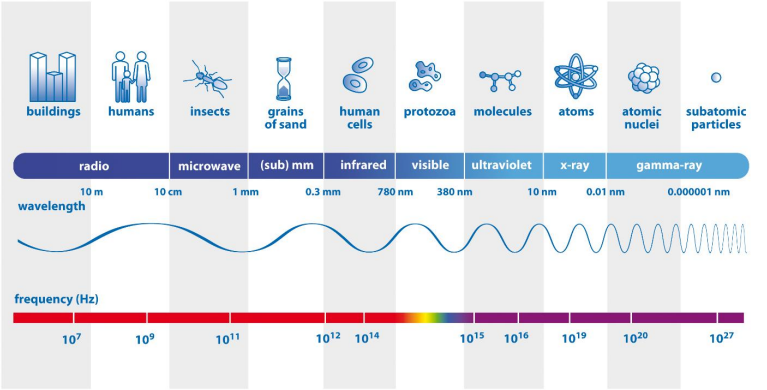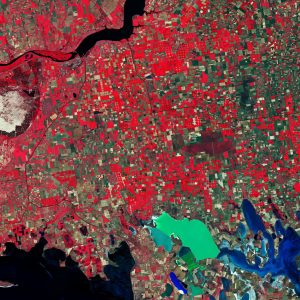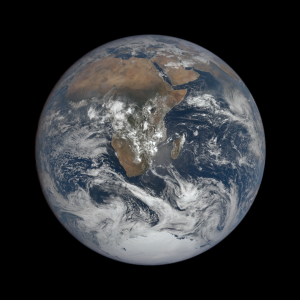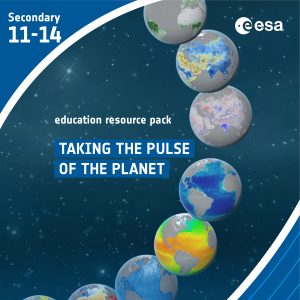Taking the Pulse of the Planet
In this set of three activities, students will learn how various types of electromagnetic radiation are used to observe how our planet is changing. The first activity reviews the regions of the electromagnetic spectrum and outlines how they are used in Earth observation. In the second activity, students learn about false-colour images and use data from an Earth observation satellite to create such images in order to explore a changing region. In the final activity, students combine this technique with climate data from other satellites to produce a detailed report on a major flood or drought.
Subject Geography, Science, Earth Science
- List the various parts of the electromagnetic spectrum
- Relate some of these types of radiation to the aspects of the Earth system they can be used to monitor
- Explain why it is useful to collect information about these aspects of the Earth system
- Describe how colour images are created by combining sets of data
- Evaluate the usefulness of various false-colour images
- Use satellite data to explore changes in a region
- Use the Climate from Space web application to explore changes in soil moisture and other variables
- Combine information from a range of sources to create a report on a recent natural disaster


- Internet access
- Climate from Space web application
- Student worksheet 3 (2 pages)
- Presentation, image- or/and word-processing software with which students are familiar
- Materials for making a poster (optional)
Did you know?
‘The Blue Marble’ is the name given to a picture of Planet Earth taken by the crew of Apollo 17. It is one of the most widely reproduced photos of all time. The blue water of the seas and oceans dominate the image but when we take a closer look, we can distinguish many more colours: the yellow Sahara sand, the dark green tropical rainforests, the white of clouds over the oceans and ice and snow covering Antarctica. Pictures like this, taken with ordinary cameras, contain a vast amount of information. Similar images from space are now part of our daily life:
for example, they appear on many TV weather forecasts. The Blue Marble image shows the Earth as we see it with the naked eye. By detecting red, green and blue light, human eyes can see all the colours of the rainbow. Most of the radiation from the Sun is such visible light. But there are many more ‘colours’ of radiation we cannot see. Together, they make up the electromagnetic spectrum. Different types of electromagnetic radiation have different wavelengths.

The Magic of Light – Using spectroscopes and colour wheels to study the properties of light
Brief description In this set of eight activities, pupils work individually or in groups to build a spectroscope that can...
Copernicus Browser Teacher Guide
Brief description The goal of this guide is to help teachers navigate the main tools of the Copernicus Browser and...
Paxi explores ice
Brief description:Join Paxi on an adventure to the North and South poles, to learn more about ice and its role...
Paxi – The Greenhouse effect
Brief description:Join Paxi as he explores the greenhouse effect to learn about global warming. In this video, targeted at children...
Infrared Webcam Hack – Using infrared light to observe the world in a new way
Brief description This set of three activities will enable students to understand the electromagnetic spectrum and observe infrared radiation through...


